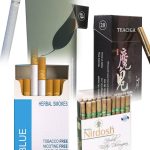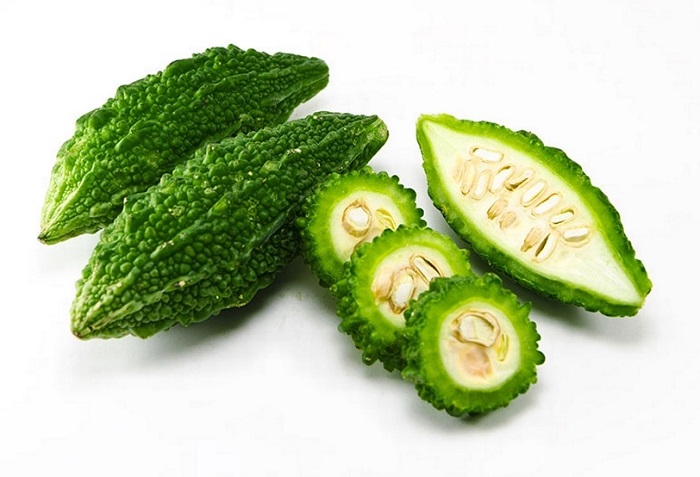Vegetables
Edible flowers, fruits, seeds, roots, shoots, leaves are considered as vegetables when they are eaten by cooking . Vegetables are abundant with vitamins and minerals. In our country we cultivate more or less than 120 kinds of vegetables both from home and abroad. In winter, vegetables are more available in our market. Everybody should take vegetables everyday for a healthy life.

Potato
Potato is a very used vegetable in our country. We call it ‘Alu’. In Bangladesh people use it widely for making different kinds of curries. Potato is used to make chips and many other foods too. Mashed potato is a popular food in Bangladesh, specially the low income people eat it everyday. Potato grows in Munshigong and Dinajpur district of Bangladesh well.
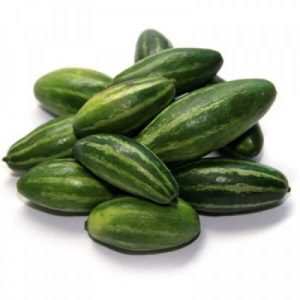
Parwal
Parwal is a popular vegetable. Its local name in our country is ‘Potol’. Half-cut fried parwal is very popular among the Bangladeshi people. Mashed rind of parwal is also a well-liked item. It is cultivated almost all over in Bangladesh. It is a good source of carbohydrate, vitamin A and C.
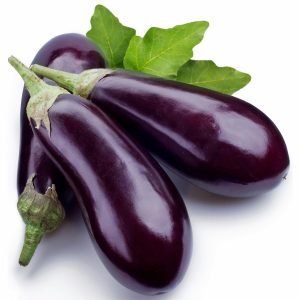 Brinjal
Brinjal
Brinjal is a very popular vegetable. Brinjal is ‘Begun’ in our country. It grows round the year. Circle-cut fried brinjal is very pleasing, popular and yummy item in Bangladesh. It has good amount of vitamin A, vitamin C and minerals like sulpher, calcium, phosphorus and the others.
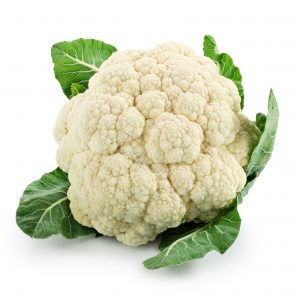
Cauliflower
Cauliflower is a winter vegetable. We call it ‘Ful copi’. White cauliflower is very common in our country. Green cauliflower is sometimes called broccoli in Bangladesh. There is a large amount of vitamin A, C and calcium in Cauliflower.
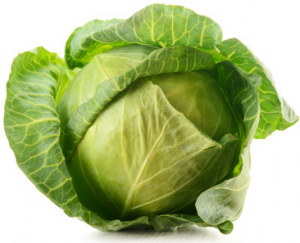
Cabbage
Cabbage is a assemblage of young leaves. It is called ‘Badha copi’ in Bangladesh. It is a winter vegetable. Green cabbages are mostly common in Bangladesh and purple cabbages are the least common. Vitamin A, B, and C are there in cabbage.
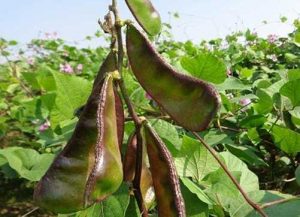
Bean
Bean is the common name for large seeds. The vegetable is called in Bangladesh ‘Sheem’. Bean is also a winter vegetable. It has a lot of calcium, phosphorus, protein and vitamin C.

Aroid
Aroid is a plant of the arum family. This aroid are bulbous root actually. They are called ‘Mukhi kocu’ in Bangla. Calcium, vitamin A, B and abundant of Iron are there in aroid.
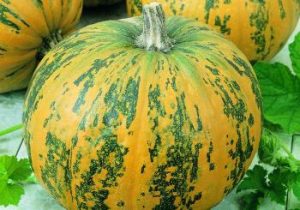
Pumpkin
Pumpkin is a giant vegetable. It is ‘Misti kumra’ in our country. It is originated from north America. Its both green and ripe stages are eaten by cooking. It looks green when it is ripen. Carbohydrate, vitamin-A and C are there in Pumpkin.
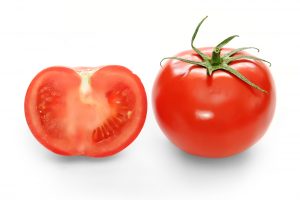
Tomato
Tomato is a very delicious vegetable. Its local name in our country is ‘Tomato’. It grows a lot in winter. It has great demand everywhere both as raw and cooked with curry. Tomato consists in calcium, phosphorus, vitamin A and Vitamin C. Tomatoes are used to produce salad, soup, catni juice, kecap, sauce etc.
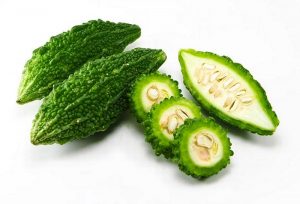
Bitter Gourd/Bitter Melon
Bitter gourd is a summer vegetable in bitter taste. It consists in carotin, calcium and lots of iron. Bitter Melon juice has the medicinal value. The Bangla name of bitter gourd is ‘Usche’.
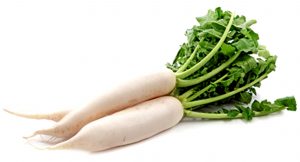
Radish
The Radish is an edible root vegetable. It is a winter vegetable. They are varied in size, flavor and color. It is called ‘Mula’ in Bangladesh. Calcium, phosphorus and vitamin-C are much there in radish.
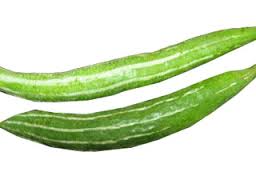
Snake Gourd
Snake Gourd is a tasty vegetable. It is called ‘Cicinga’ in Bangla. It is originated from South Asia. Snake Gourd contains a good variety of nutrients as vitamins and minerals
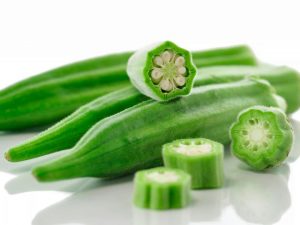
Okra
Okra is known in many English-speaking countries as ladies’ fingers as it looks like finger. It is commonly called ‘Dherosh’ in Bangladesh. Okra is a summer vegetable. It contains a good quantity of vitamin-A, vitamin-B and Iron.
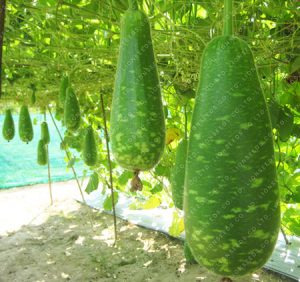
Gourd
Gourd is a large vegetable. It grows round the year. It is called ‘lau’ in Bangladesh as a common name. It is rich in carotin, calcium and vitamin-C.
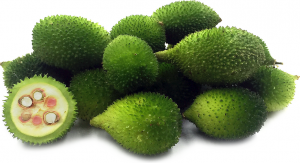
Teasle Gourd/Spiny Gourd
Teasle Gourd is a late summer vegetable. Spiny gourd is called ‘kakrol’ in Bangladesh. It is a very yummy fried item as vegetable. It consists in protein, iron, phosphorus, carotin etc.
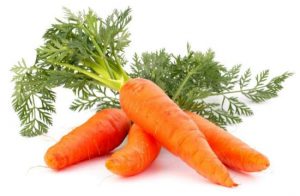
Carrot
Carrot is a root vegetable. It is ‘Gajor’ in Bangladesh. It is a popular winter vegetable. Halva (Halua) made by carrot is a very delicious item. Salad, soup and juice et cetera are made of carrot. It is rich in sugar, carotin, calcium, phosphorus and the others.
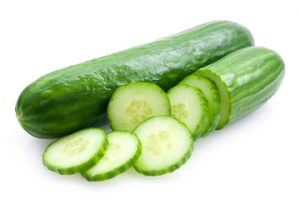
Cucumber
Cucumber is a creeping vine vegetable. We call it ‘Shosha’ in Bangla. It is a summer vegetable. It grows less in the winter and more in summer. It has vitamin-K, calcium etc. We eat raw cucumber as Salad mostly. Raw cucumber contains 95% water.
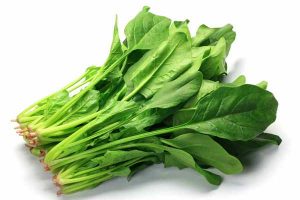
Spinach
Spinach is a winter leaf vegetable. Its leaves are large. Everybody likes Spinach vegetable. It is called ‘Palong shak’ here. It grows highland of Bangladesh. Spinach is a good source of Vitamin-A, Vitamin-B, Vitamin-C, Vitamin-K, Magnesium, Manganese, Iron, and Folate.
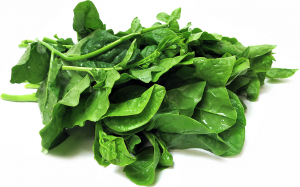
Malabar Spinach/Climbing Spinach
Climbing Spinach is a very popular leaf vegetable in Bangladesh. It is called ‘Pui shak’ here. There are two varieties – green and red. It is eaten both in fry and curry form. Malabar spinach is high in Vitamin-A, Vitamin-C, Iron and Calcium.
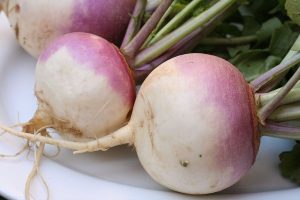
Turnip
Turnip is a Radish like vegetable. It is a root vegetable. We call it ‘Shalgom’. It is a very delicious winter vegetable. Turnip is a less common vegetable in Bangladesh. It has vitamin and minerals, specially very high in vitamin-C.





